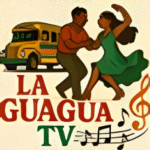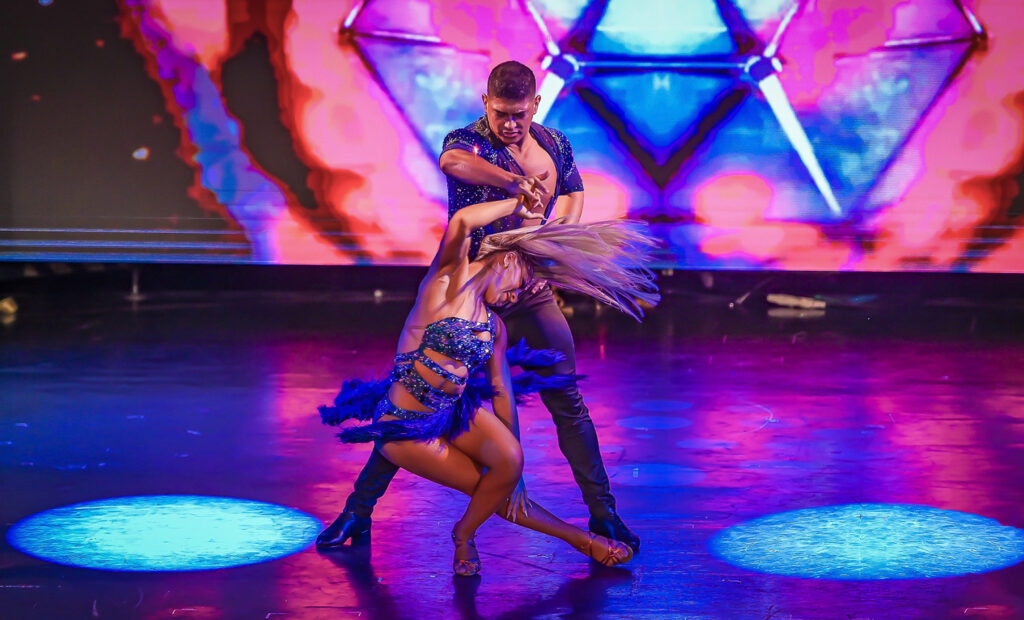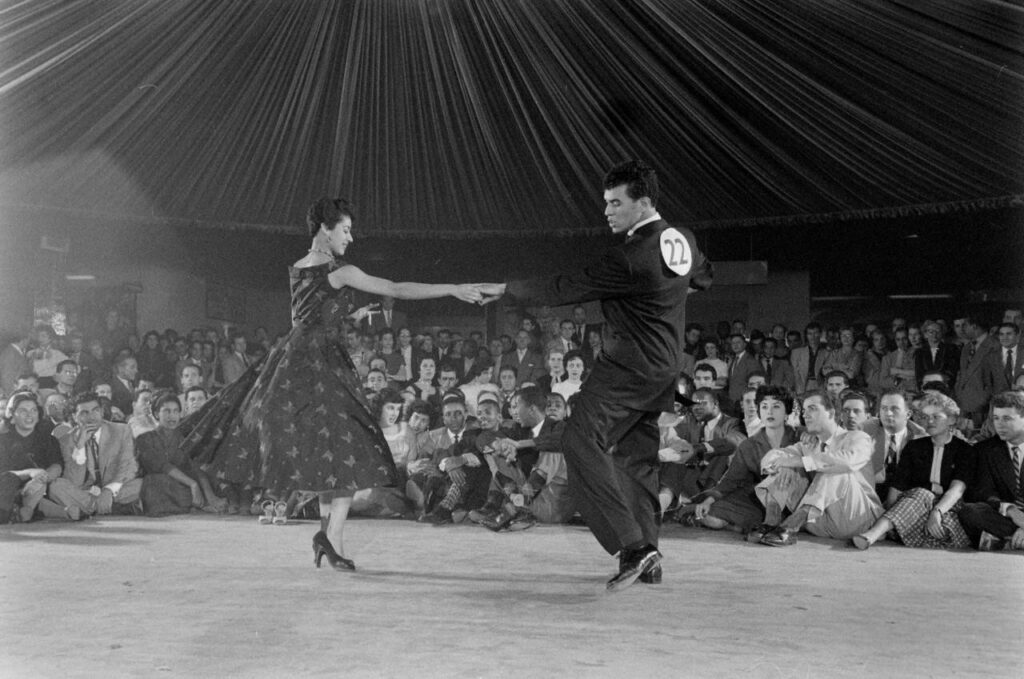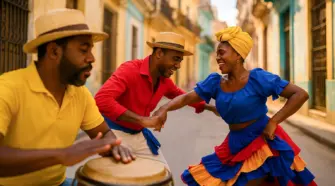The Different Styles of Salsa Dancing
By Takeshi Young If you’re new to salsa dancing, you may not be aware that there are actually a few different types of salsa dance that are danced around the world. The music that they are danced to is usually the same (although there are a few exceptions) but that the styles are different enough that if you only know one style of salsa, you may have trouble dancing with someone dancing another style. This can get pretty confusing, so we’ve put together this guide to teach you about the different styles of salsa dancing that are out there. By the end of the article you’ll learn what the different styles of salsa look like, maybe discover some new styles, and find the style of salsa that’s right for you! How many types of salsa dance are there There are 6 different styles of salsa danced around the world. Salsa dancing originated in New York, but has evolved into different forms in different countries. You can learn more about the different styles of salsa below. The different styles of salsa dancing: New York Style Salsa (Salsa On 2) Salsa music as we know it today originated in New York, and New York-style salsa is the style of salsa that originated there. New York-style salsa is sometimes called “linear salsa” or “linea” by dancers of other styles because it is danced in a line (or “in the slot”) similar to Hustle or West Coast Swing, from which it was influenced. New York-style salsa is often referred to as “Salsa On 2” or “On2 Salsa” because the break step in New York style happens on the second beat of the music. On2 salsa was popularized by Eddie Torres, and on2 dancers argue that their style is more musical because it more closely aligns with the tumbao & clave, two common musical patterns found in salsa music. Salsa On2 has grown in popularity in recent years, and is a popular way of dancing for advanced dancers and at international dance festivals. Because of its similarity to LA Style Salsa, most On2 dancers can also dance On1, although they may prefer the former. LA Style Salsa (Salsa On 1) LA-style salsa is probably the most popular form of salsa dancing in the world. It is the style of salsa that is taught most broadly, and most dancers of other styles of salsa dancing will have at least some familiarity with it. If you want to learn the most broadly applicable form of salsa, LA-style salsa is a good choice. LA-style salsa, like its name suggests, orginated in Los Angeles, California, and was popularized by the Vazquez brothers. LA-style salsa is danced in a line, similar to New York style salsa, but dancers break on the first beat of the music (on 1) rather than on 2. Many newer dancers find this timing more intuitive. Cuban Style Salsa (Salsa Cubana) Cuban-style salsa or Salsa Cubana is a type of salsa that originated in Cuba. Cuba-style salsa, unlike New York or LA-style, is danced in a circular motion similar to East Coast Swing, rather than in a line. The turn patterns in Cuban salsa typically are in a constant circular motion, with lots of hand tricks and movements. Salsa Cubana is often danced to a genre of music known as “timba”, which is a form of salsa music that is popular in Cuba. Cuban dancers also often incorporate Afro movements into their dancing, although this is increasingly a popular trend in New York and LA-style salsa as well. Salsa Rueda (Rueda de Casino) Salsa rueda, also known as Rueda de Casino is another type of salsa that originated in Cuba. “Rueda” in Spanish means “wheel”, and in salsa rueda a group of couples dance together in a giant circle, rather than as individuals. In salsa rueda, there is one leader who calls out what move to do, and all the couples in the circle execute the move simultaneously. The moves are similar to those of Cuban-style salsa, and a salsa rueda dance involves a coordinated dance of synchronized movement, partner switches, and intricate turn patterns. Colombian Salsa (Salsa Caleña) Colombian salsa, also known as Salsa Caleña (named after Cali, Colombia, where the dance originated) is one of the rarest forms of salsa. Outside of Colombia there are very few cities in the world where Colombian salsa is danced regularly. Inside Colombia, however, is another matter entirely. Cali, Colombia calls itself “La Capital Mundial de Salsa” or the “world capital of salsa”, and it has valid claims to that title. The city by some estimates has over 200 salsa academies, more than any other city in the world. Every year the city hosts a massive festival called the Feria de Cali, with thousands of dancers, and the city is host to a number of massive salsa dance competitions. Salsa Caleña is similar to Cumbia, another Latin dance which originated in Colombia, and like Cuban salsa is danced in a circle. Colombian salsa is characterized by extremely fast footwork and quick knee movements, as well as acrobatics and lifts at the performance and competition level. Salsa Choke Salsa choke (pronounced “cho-que”) is another style of salsa that originates from Colombia. Unlike other styles of salsa, salsa choke is danced individually, but in a group, where one dancer leads a step and the others in the group follow. Salsa choke is danced specifically to salsa choke music, which is a type of music that sounds a little like a cross between salsa music and reggaeton. Hopefully that overview of the different styles of salsa dance gives you a better idea of the different salsa variations that are out there! If you still have any questions, leave it in the comments and we’ll do our best to answer it. Share this: Event Homepage Articlepopular PreviousTop 10 Salsa Songs by DJ Felipe NextJohnny Pacheco, the Co-Founder of Fania, Dies at 85 About the author Takeshi Young Takeshi young is salsa dance instructor, choreographer and competitor with over 20 years of salsa dance experience. He is passionate about all things salsa and








